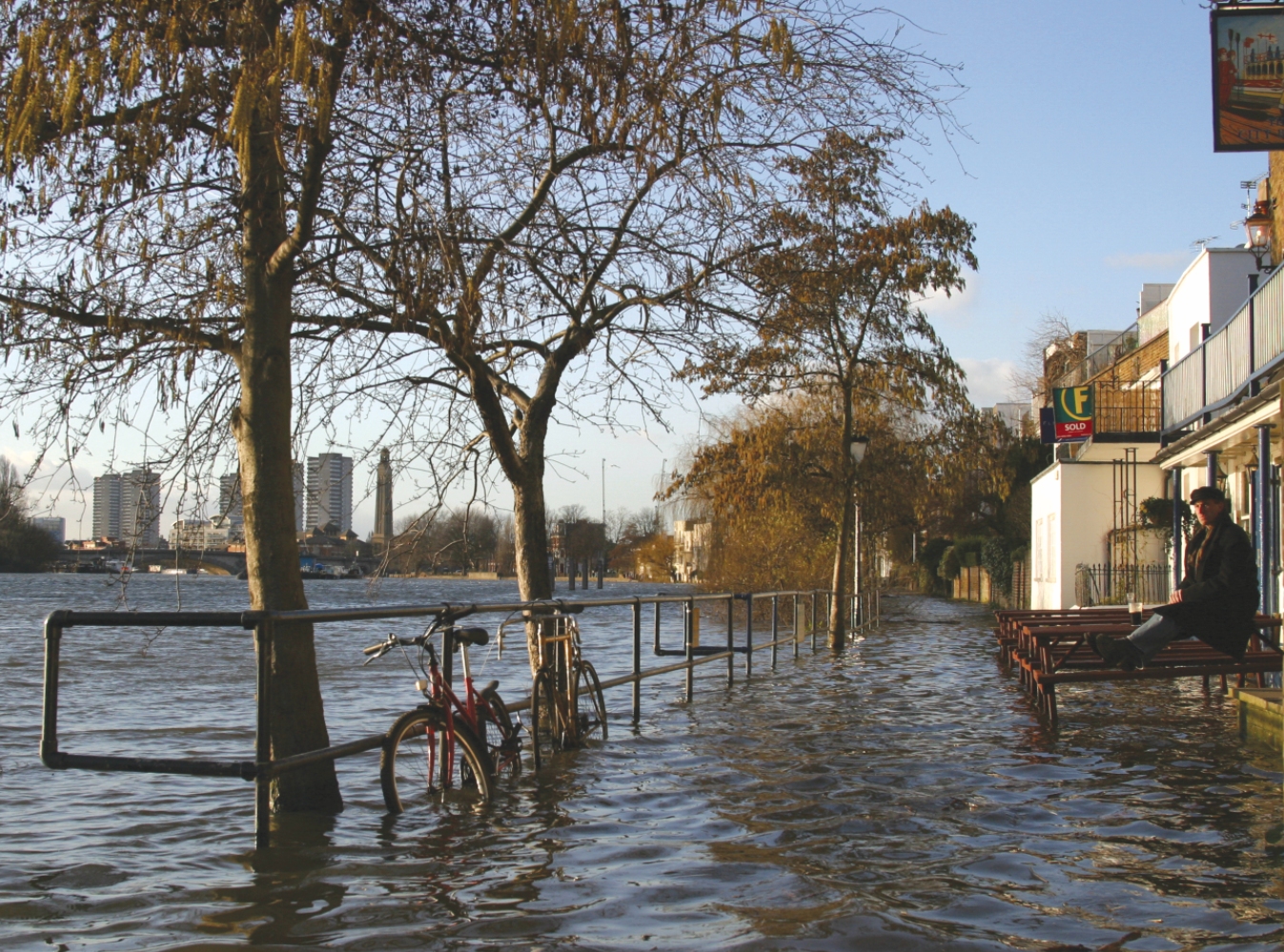The challenges and opportunities of the climate crisis
DOI: 10.1063/PT.3.4322
People are causing Earth’s climate to change and climate changes create serious risks for humanity. We have a wide range of well-studied response options, and the expected benefits from many of them greatly exceed the expected costs. Those conclusions result from multiple independent lines of evidence and have been reaffirmed by hundreds of comprehensive scientific assessments. Subject-matter experts examined the evidence, independent scientists reviewed the findings, and scientific organizations stood behind the processes and outcomes. I am not aware of any scientific institution with relevant subject-matter expertise that has looked at the evidence and reached contradictory conclusions.

POINTILLIST, CC BY-SA 4.0

Despite the robustness of those scientific conclusions, we continuously fail to respond to climate change. We struggle even to have an effective public conversation about whether to respond and, if so, how. That may be the most ominous implication of climate change—that our social institutions aren’t up to the task of addressing major issues, even when we have unambiguous scientific information in favor of doing so.

But climate change is, possibly, also an opportunity. If we figure out how to approach our climate problem, we might create a template for addressing a wide range of challenges and opportunities facing humanity in the 21st century. That is the key insight and basic premise of Mike Berners-Lee’s book There is No Planet B: A Handbook for the Make or Break Years. It’s a terrifically important idea that may be the key step in the pathway toward humanity’s future.
Berners-Lee emphasizes that climate change is one of several global social and environmental changes that are currently underway. Additional examples of global environmental changes are the loss of biodiversity and the redistribution of species throughout the world, stratospheric ozone depletion, land conversion, and nutrient deposition. The climate problem is thus both hugely important on its own and reflective of a bigger challenge: Our increasing capacity to disturb the planet means that we need new and better ways to work together and to harness human ingenuity. Addressing climate change could show us the way to tackle the larger set of issues that we face.
There Is No Planet B will resonate most with those who are already deeply focused on the climate system, the impact people are having on it, and our path forward. Unfortunately, the book largely misses the mark for a broader audience. Although it identifies the critical issues, the discussion of them is too often weak and underdeveloped.
The book’s approach to discussing social values illustrates some of its shortcomings. Berners-Lee emphasizes that he is trying to initiate a conversation and that he hasn’t figured it all out. That is the right idea; we will need to have an open discussion in which everyone has a chance to participate and learn from one another.
But Berners-Lee asserts the need for particular values instead of leading a critical examination of the options and their implications. That is a mistake. Ultimately, individuals and societies must determine which values they adopt. No one person can set them. By championing values at the outset, There Is No Planet B misses the opportunity to encourage and empower readers’ exploration of societal values. It becomes too easy for readers to reject the book’s espoused values and to uncritically stick with their own.
For example, Berners-Lee asserts that a commitment to equity is central to solving climate change. That view generally resonates with me, but it would be more compelling as a conclusion that follows from a hard exploration of alternatives and the potential futures those alternatives imply for humanity. As offered, Berners-Lee’s assertion is unlikely to impact any preexisting beliefs that readers have.
The challenges we face are daunting. Climate is a critical life support system, and we have no reason to conclude that it will be resilient against the massive disturbance to which we are subjecting it. None of us acting alone is likely to solve the problem; we will have to work together. That interdependence makes climate change hard for individuals to face.
But we are also awash in good news. Science has provided us with remarkable insight into how the climate system works, the impact that people are having on it, and the ways that we can respond. Even better, if we get our approach to climate change right, then humanity will be poised to continue our remarkable run well into the future. There Is No Planet B may not be able to get us to that potential future, but it provides a hint of what we will need.
More about the Authors
Paul Higgins is the director of the American Meteorological Society’s Policy Program. He studies climate change and its causes, consequences, and solutions. He received PhD and MS degrees from Stanford University and a BS from the University of Michigan.
Paul Higgins. American Meteorological Society, Washington, DC.
